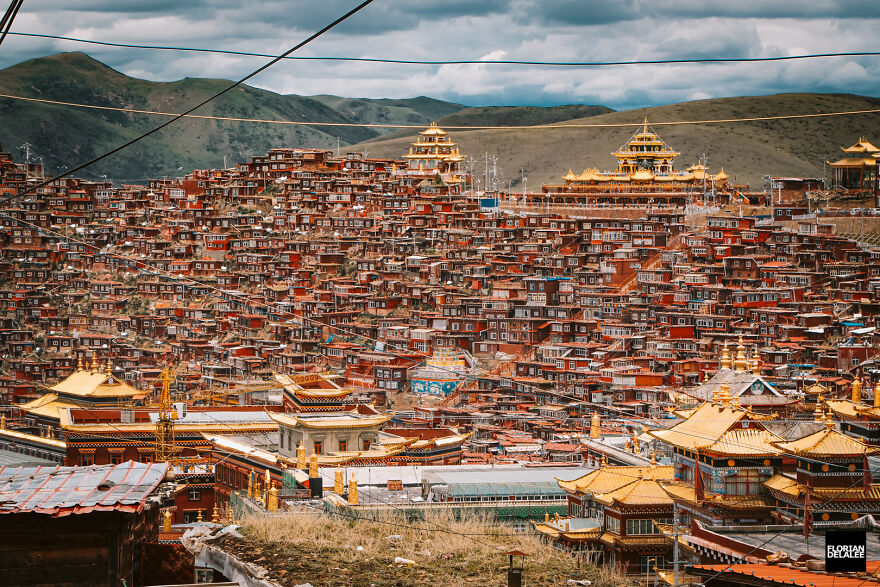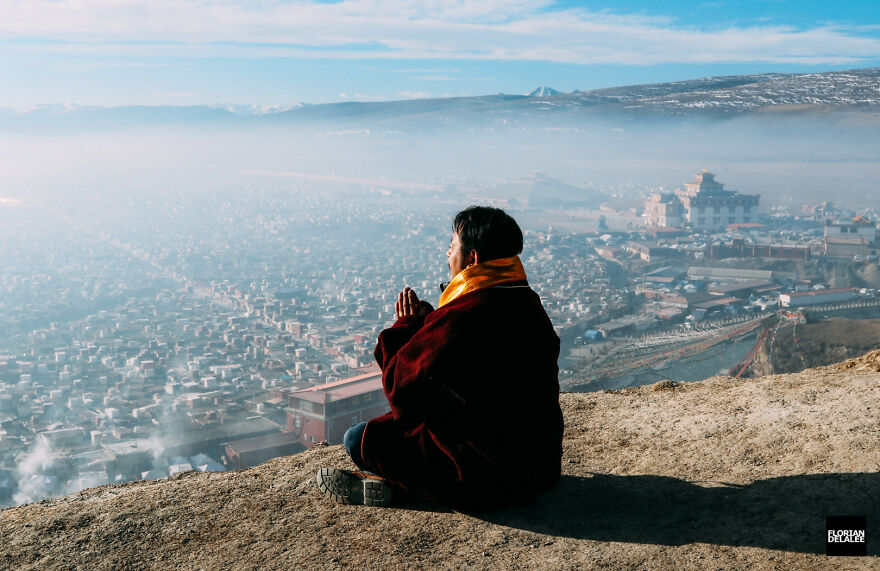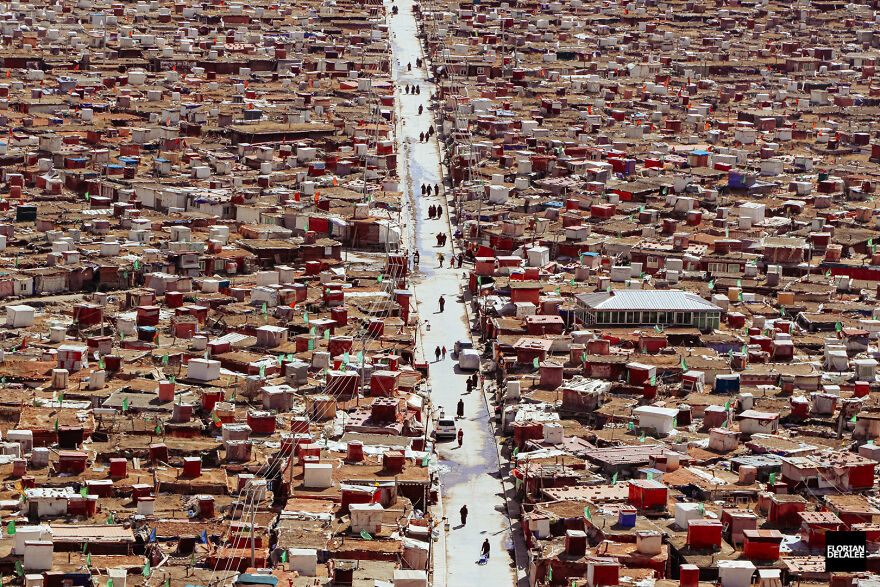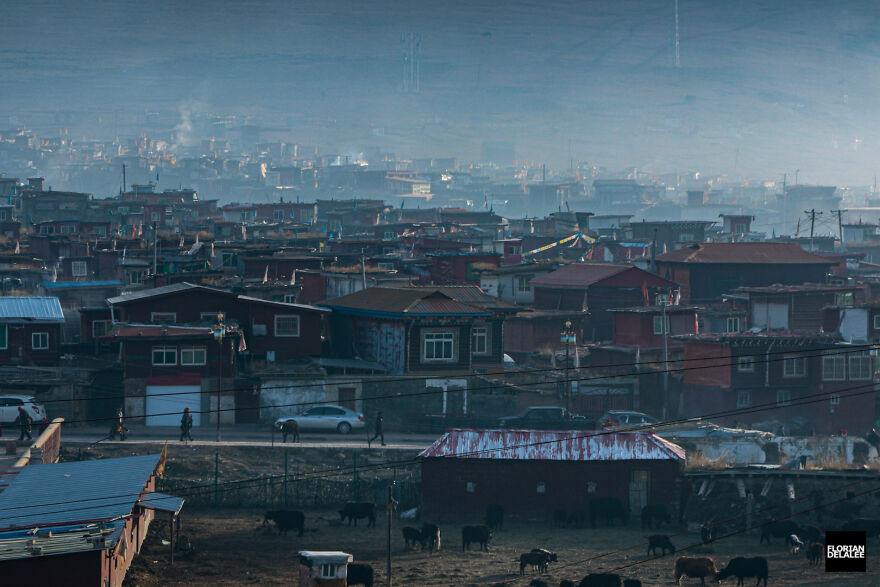
At The Doorstep Of Tibet: I Traveled And Photographed The Uncharted Part Of Western Sichuan (25 Pics)
I travel from Seda to Yaqing and Dzongsar - Western Sichuan neighbors Tibet on its western edge and most parts of this region are historically connected with Tibet, a photographic story taken in 2015, 2019, and 2021. Infinite high altitude plains (3000-4500 m), gigantic mountains (several peaks at more than 7000 m), monks, and temples.
More info: behance.net
This post may include affiliate links.
Some info an Tibetan prayer flags from https://movingshoe.com/tibetan-prayer-flags/. Usually travelers are hanging the Dar-ding category of the flags on their flags. (Hoizontal vs. vertical). Each color of the flag represents an element The prayer flag tradition is ancient, dating back thousands of years in India and to the shamanistic Bon tradition of pre-Buddhist Tibet. Bonpo priests used solid colored cloth flags, perhaps with their magical symbols, to balance the elements both internally and externally. prayer flags colors credits:westwindcollection Blue – for sky or space White – for air or clouds Red – for fire Green – for water Yellow – for earth They also represent directions – North, South, East, West and Center.Balancing these elements externally brings harmony to the environment.
Tibetan Prayer flags should never be still The reason why they are put high above the roof is so that they flutter in the wind. It is said that they emit positive spiritual vibrations and that the prayers are carried by the wind like silent prayers.
Is this a township? Some of these edifices look no bigger than a portable toilet.
Captivating and beautiful photos. Some context with the subjects, location, etc. would have enhanced the collection. The prayer flags always attract attention, I'm going to try and identify these locations. Thanks for sharing.
Probably being picky, but the word "charts" generally relates to seas and oceans, "maps" relates to the land. So title would better be "... Unmapped Part Of Western Sichuan ...".
Except that an unmapped region of China wouldn't have people living there.
Load More Replies...Probably being picky, but the word "charts" generally relates to seas and oceans, "maps" relates to the land. So title would better be "... Unmapped Part Of Western Sichuan ...".
Except that an unmapped region of China wouldn't have people living there.
Load More Replies...
 Dark Mode
Dark Mode 

 No fees, cancel anytime
No fees, cancel anytime 


































































































